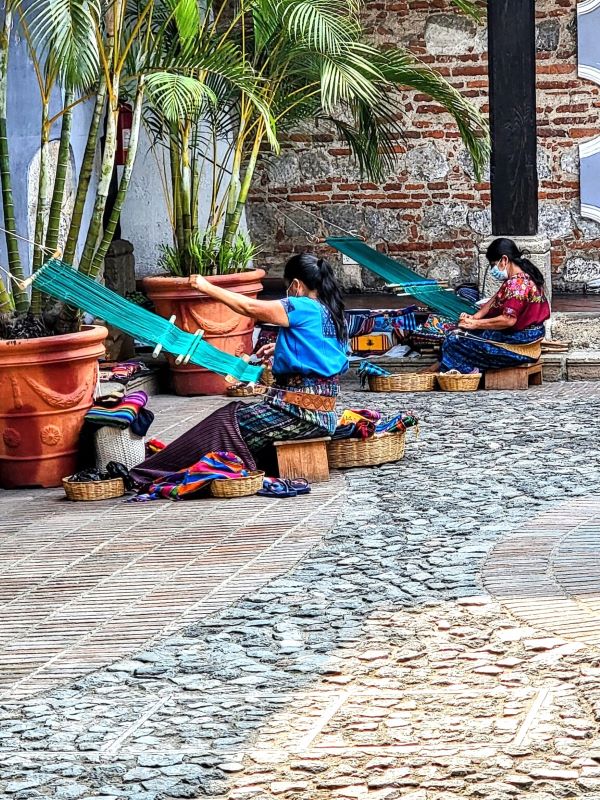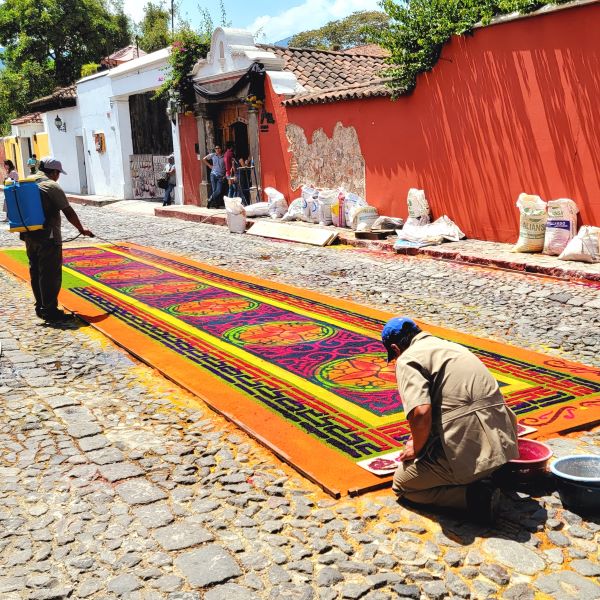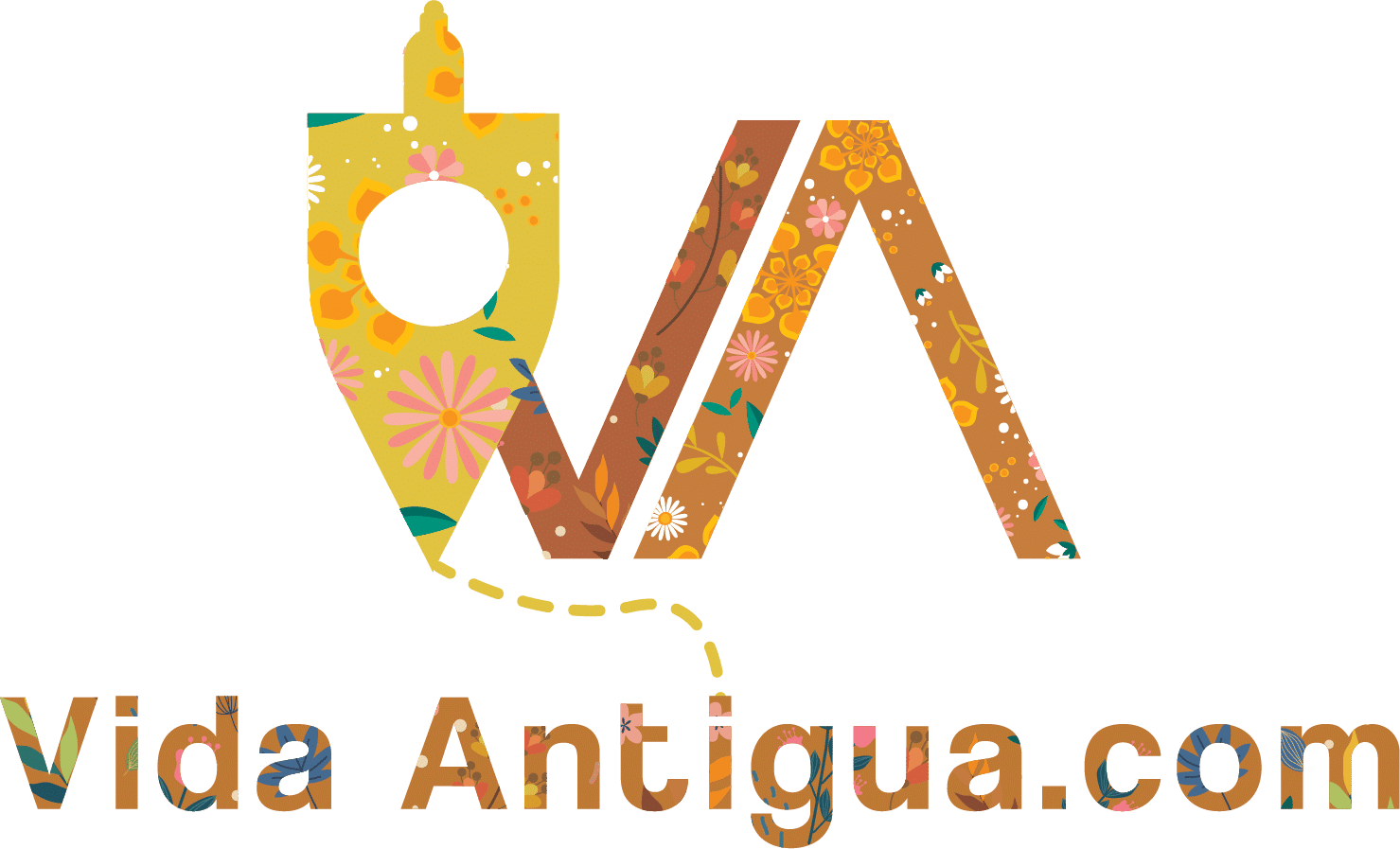CULTURE
Antigua, Guatemala contains a fascinating mixture of Spanish and Mayan culture. From the moment you arrive in Antigua, you will see the juxtaposition of women wearing their traditional Mayan clothing with modern new amenities and colonial architecture. The Spanish first arrived in Antigua in 1524 and in 1543 Antigua became the capital of the Spanish colonial holding of Guatemala. From Antigua, the Spanish controlled far beyond the current borders of Guatemala and into the surrounding countries including present-day Honduras, El Salvador, Belize, and Southern Mexico. Antigua was the economic, political, educational, and religious hub during this time.
Much of Antigua’s current architecture and charm comes from this time period. The cobblestone streets and grid-style planning surrounding a central park (Parque Central) are hallmarks of the Spanish’s influence during the construction of the city.


The blend of the Spanish and Mayan cultures in Antigua led to the creation of city-specific traditions. Antigua is known for the creation of beautiful and complex Sawdust Carpets (alfombras) which are particularly common during La Semana Santa. They are made in honor of the processions that occur during the Holy Week. Antigua is known for these processions which also occur primarily during La Semana Santa. Each church has its own procession. Antigua was the location of the first Christian procession in Guatemala and has hung on tight to the tradition.
